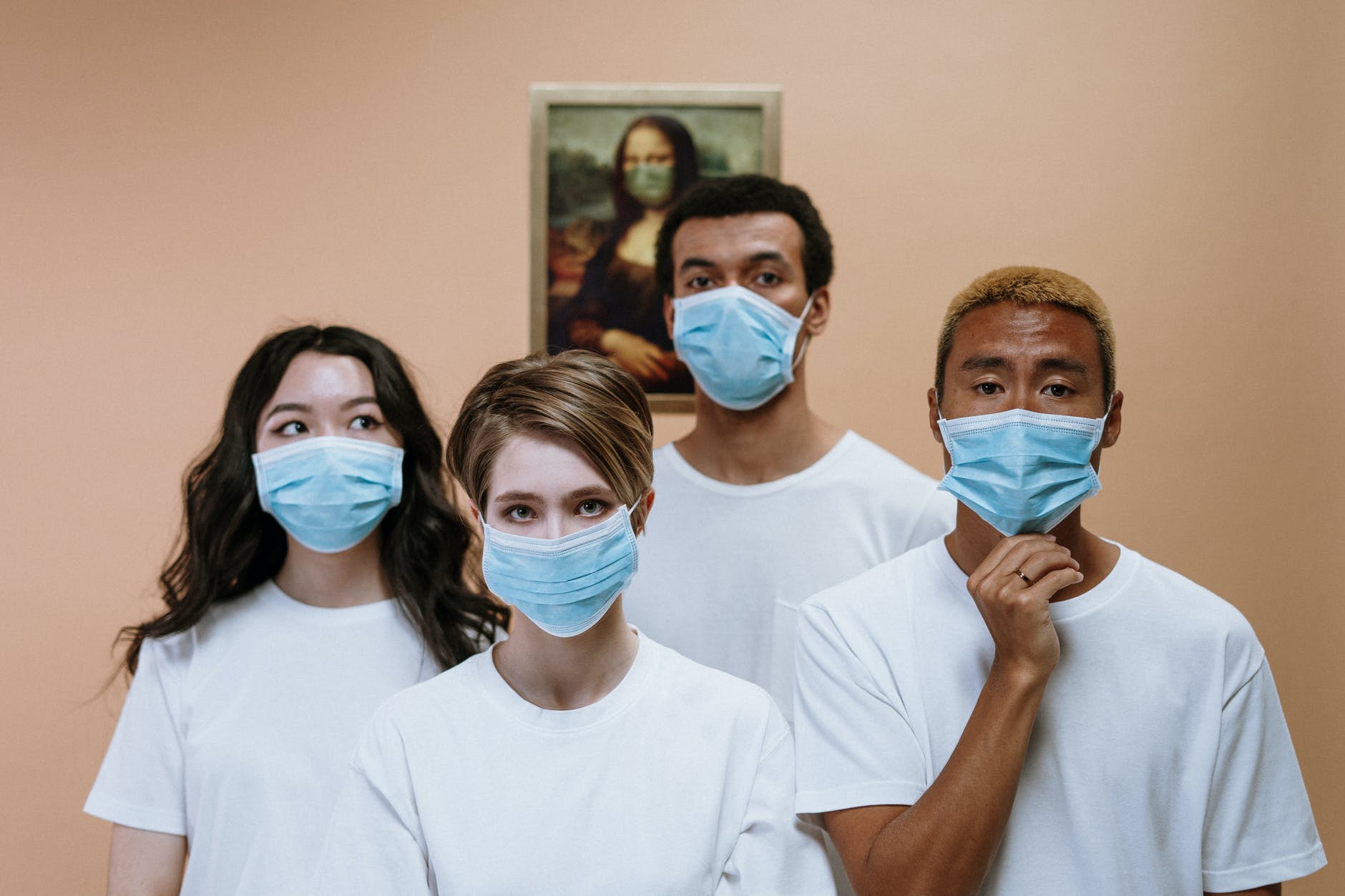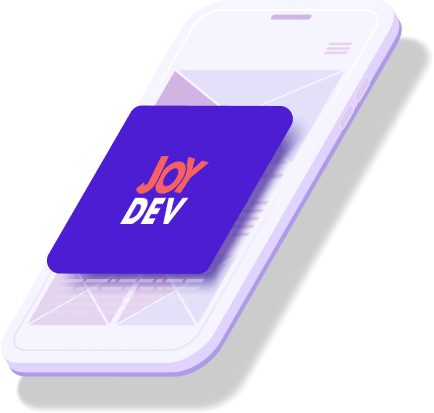In light of the Covid-19 pandemic, there is a concern about maintaining safety of people. Undoubtedly, the most important rule is to follow the recommendations of the World Health Organization. However, it is no less important thing to use other accessible instruments. In particular, to use mobile applications that allow tracing the interaction with potentially infected people. Today we’ll tell how these mobile apps help to fight against Covid-19.
How do They Work?
As soon as a user opens such a mobile app, it asks for permission to turn on Bluetooth and push-notifications. Via Bluetooth, it starts to seek for devices that are located near and have the same app installed.
All the information about the synchronized devices is located in the device storage. If a person contracts coronavirus, he or she may state this in the app. Then the identifiers of all saved devices will be automatically sent to the developers.
All users, who have interacted with the infected person, will get the notification about the risk of contraction.

Technical Features
The devices share the following parameters:
- temporary ID
- strength of the Bluetooth signal
- smartphone model
Every minute during 10 seconds the smartphone works as a Central Bluetooth device. At the remaining time, it functions as a Peripheral device. The Central one asks for the data from the Peripheral device and renders its own data.
In the Peripheral mode, the device is tracked down. In the Central one, it scans other devices. Some smartphones are not able to work in the Central mode. So they function only in the Peripheral. As far as two devices track each other, they exchange a special data packet.
Functioning in the Central mode, the device additionally sends the strength of the Bluetooth signal. It will allow calculating the approximate distance between the devices and people respectively.
Although one more fact should be mentioned. The iOS operating system forbids using Bluetooth in the background. That is explained by the threat, that some personal data may be stolen. That’s why, when a user attends some crowded places it is recommended not to lock up the device and keep the app open.
Moreover, the principle of this app presupposes that iOS devices may exchange information via Bluetooth with Android devices.
Secured Connection
How is the user’s security provided in such an app? The key feature of the protocol lies in the temporary ID. After registration, the device gets a unique identifier (Google Firebase FCM Token). Then it sends it to the server. The server sends back the set of temporary IDs that function only 15 minutes.
If a device had a constant ID, it could be easily read and used when tracked. If an ID is changed every 15 minutes, then malicious third parties can’t imitate the tracking longer than this period.

Data Update
While a person doesn’t notify about his or her Covid-19, all the data is saved in local storage. It isn’t sent to the server. It can be deleted when the app is being removed.
If more than 21 days have passed after the meeting with someone, this data is removed. This happens, as nobody of the people has notified about the disease. And the symptoms of coronavirus develop within 14 days.
The devices that have exchanged the data are also added to the local blacklist for two cycles of work. In this case, devices wouldn’t constantly scan each other and save energy and place.
Main Goal
Thus, the development of such projects provides powerful and up-to-date support in the fight against coronavirus. These apps help to fight against Covid-19, track the possible centers of contagion and react fast, taking care of the health and condition of users.
Have an idea? Write to us and we'll develop it!








